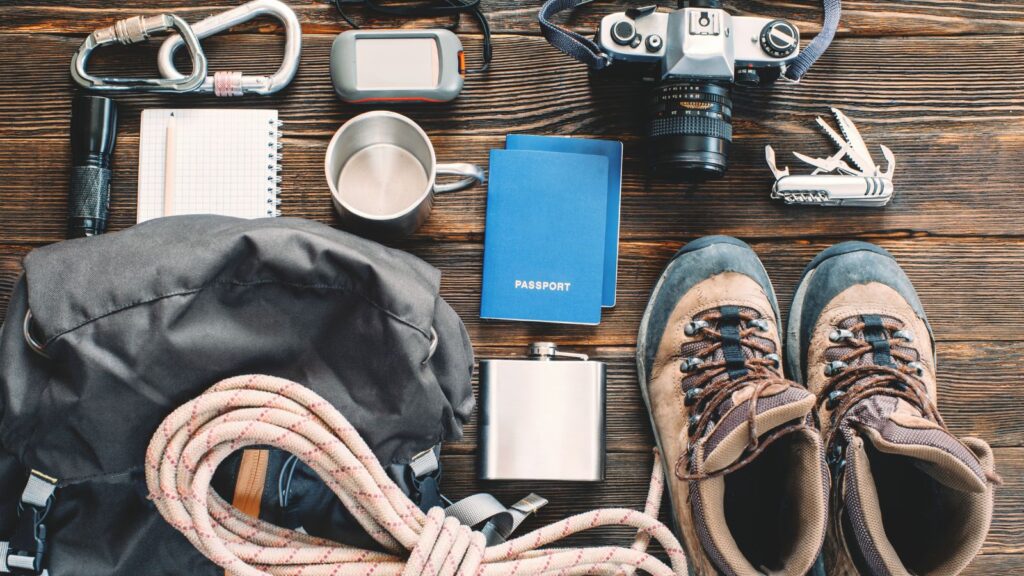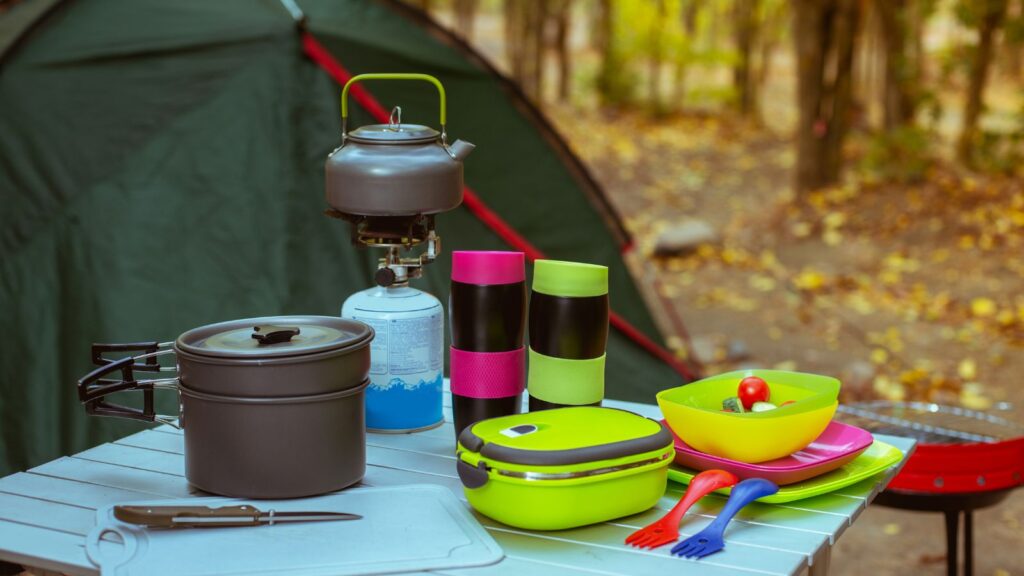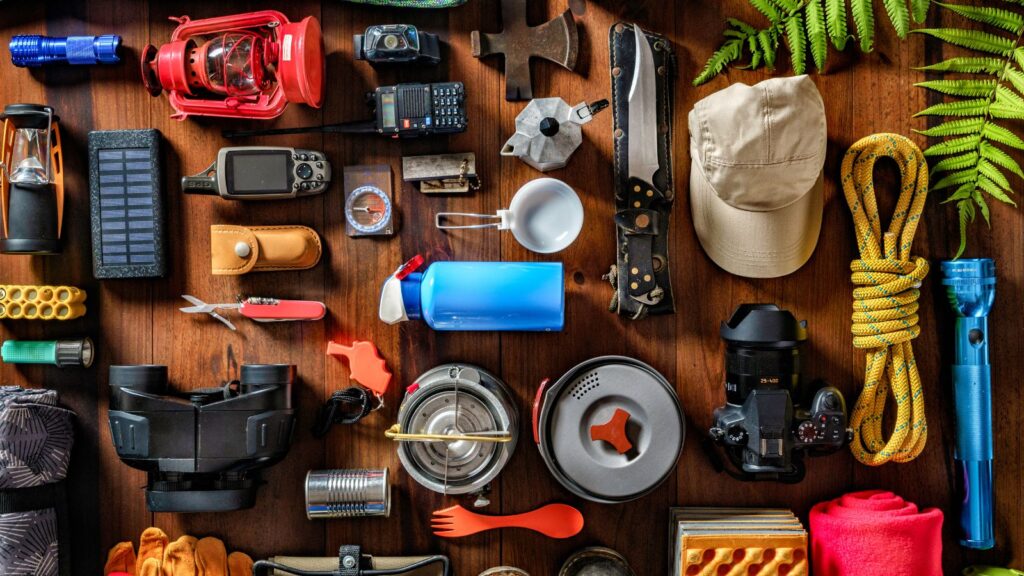Embarking on an adventure is an exhilarating experience. Whether it’s hiking through rugged trails, camping under the stars, or exploring the wilderness, it’s the gear that often makes or breaks the adventure. This article will delve into the world of gear for adventure, providing insights that could prove invaluable for the intrepid explorer.
Gear for Adventure
Embarking on an adventure involves more than just packing a bag and hitting the trail. Preparation includes understanding the variety of gear necessary for a safe and successful sojourn in the great outdoors.

Adventure gear, in essence, refers to equipment and apparel designed specifically for outdoor adventures. These include traditional survival tools like multi-purpose knives, compasses, and fire starters. More contemporary items such as GPS devices, solar chargers, and high-tech outdoor clothing also fall into this category. To give a context, consider a camping trip. Essential gear might include a tent for shelter, a sleeping bag for warmth, hiking boots for difficult terrains, and cooking equipment for sustenance. Depending on the type of adventure, specialized gear may also come into play, such as climbing harnesses for mountaineering or snorkels for an underwater expedition.
How to Maintain Your Adventure Gear
Cleaning and Storing Adventure Gear
Keeping gear for adventure clean and stored correctly remains crucial to its preservation. Start by reading the manufacturer’s instructions, found on tags or included leaflets in the product, for specific cleaning guidelines. Use mild, non-detergent soaps for cleaning to avoid damaging the gear material. Avoid exposure to direct sunlight while drying gear, as this can lead to fading or weakening of the materials.
When it comes to storage, make sure all the gear is dry, as moisture invites mold and mildew. Store gear in a cool, dry place, away from direct sunlight. Consider dividing gear into categories, such as camping, hiking, or fishing equipment, to facilitate quick access when needed. Using plastic bins or tote bags helps in organizing gear and protecting it from pests.
Repairing Adventure Gear

Timely repair of gear for adventure helps fortify its longevity and performance. Tools like sewing kits, duct tape, and adhesive patches prove valuable in rectifying small damages in tents, backpacks, or clothing. For electronic gear, refer to the necessary manuals or online tutorials for DIY repairs. However, in the case of complex damages, reach out to professional repair services. Regularly inspect all gears for wear and tear, allowing prompt detection and repair of damages, thereby dodging major breakdowns or accidents during adventures. Remember, repairing a gear might seem strenuous, yet it’s essential in maintaining its efficacy for future adventures.
Tips for Choosing the Right Adventure Gear
Consider the Type of Adventure
Every adventure activity calls for unique equipment. Mountain climbing mandates harnesses, helmets, and crampons for example, while scuba diving necessitates dive computers, BCDs, and regulators. Thorough research of the required gear per activity ensures safety and improves performance, adhering to the principles of purpose and context in gear selection.
The Role of Weather and Location

Location and weather significantly influence gear selection. Hikers heading to alpine trails, for example, require cold weather gear such as down jackets, sturdy boots, and heavy-duty sleeping bags. Contrastingly, desert journeyers need sun protection accessories and hydration systems. Evaluating weather forecasts and studying geographical features ahead of time enables an accurate match between gear and environmental factors, enhancing comfort and safety during adventures.
Outdoor Safety
So it’s clear that adventure gear plays a pivotal role in outdoor safety and performance. It’s not just about having the gear, but also knowing how to maintain it and when to use it. The right gear selection can significantly enhance your outdoor experiences, making them safer and more enjoyable. Remember, the key is to understand the nature of your adventure, the specifics of the location, and the prevailing weather conditions. These factors will guide you in choosing the right gear. So next time you’re planning an outdoor adventure, don’t forget to give your gear the attention it deserves. After all, it’s your gear that stands between you and the unpredictable elements of the great outdoors.

